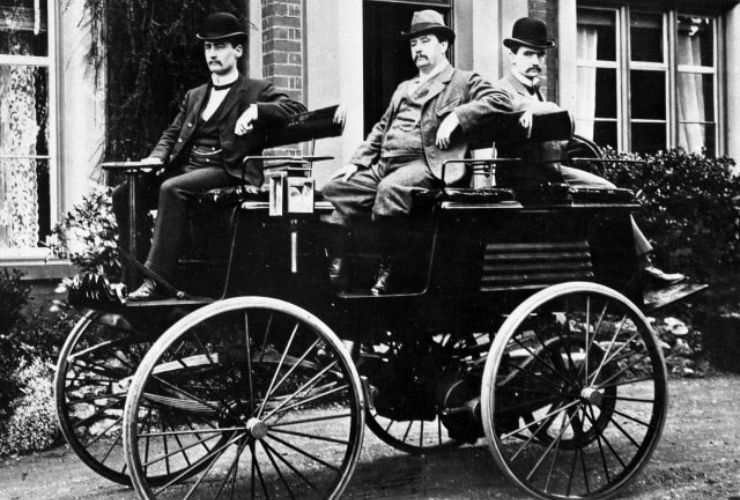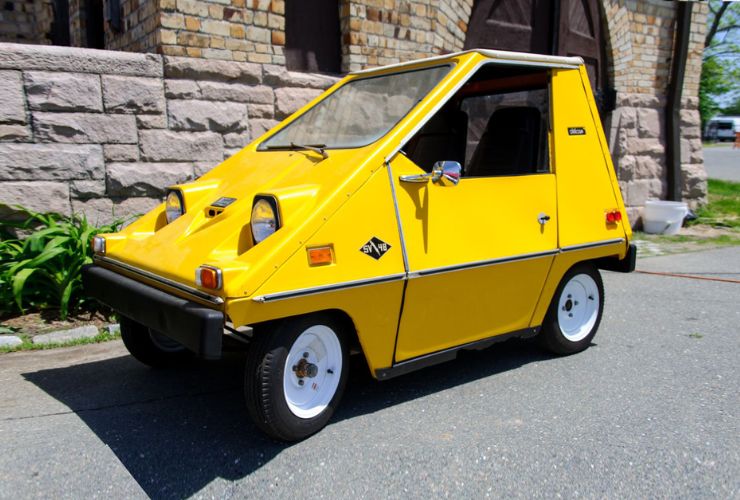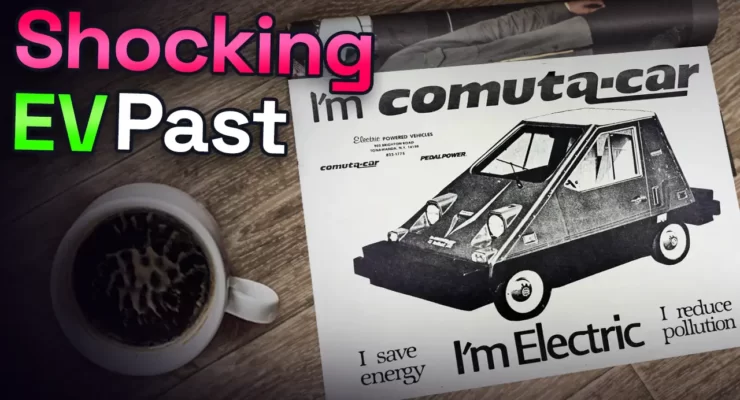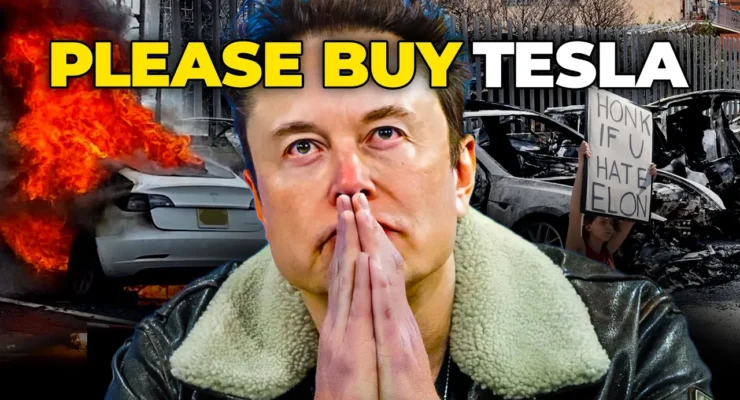Fast read
Since first experimenting with Battery powered vehicles in the 1800s, EVs have come a long way.
The first driveable practical EV was developed in 1890 in the US by William Morrison, with early adoption by 1900 the city of New York had over 60 electric vehicles used as taxis on the streets.
However, it wasn't until the 21st century which EVs were mass-produced, with the release of the Toyota Prius and Tesla Models. Today consumers have a choice of many different plug-in EVs and just as many hybrids in the market, and the choice is growing monthly.
What is the history of electric cars and where are they headed?
Electric vehicles (EVs) rapidly grow in popularity yearly, but how did it all start? This article will take you back in time and explain the history of electric cars, from their birth to where they are now.
The beginning of the history of electric cars
The electric motor began in the 1800s in the USA, Hungary and the Netherlands. Inventors across these three nations created the first small-scale electric cars after experimenting with battery-powered vehicles.
After this innovation began, British inventor Robert Anderson created the first crude electric carriage. However, French and English inventors developed the first practical electric cars in the second half of the 19th century.
In 1890, a chemist named William Morrison developed the first electric car in the US. This EV had a maximum speed of 22km/h and six passenger seats.
During this time, electric cars were much preferred over petrol-driven vehicles. Gasoline vehicles, as they were called then, took a lot of physical effort to drive. Changing gears was arduous, and starting them with a hand crank made them tough for some. Furthermore, they were loud and emitted a terrible odour and smoke.
This original electric car sparked interest in several inventors in the US, by 1900, New York alone had 60 electric taxis roaming the streets. At this point, EVs were in their prime, accounting for a third of the vehicles on the road.
The fall from the top
The history of electric cars is not what it seems. After they peaked in popularity, the turn of the 20th century began the decline. Capitalism in all its glory worked out that petrol could be restricted in supply, taxed and needed a whole new infrastructure to be dispensed, so there was a lot of money to be made.
As the US Government worked out how to tax petrol this technology was pushed and consumers began to prefer motor vehicles. While the early models were available in steam, gas and electric versions, in the early 1900’s the petrol car started moving ahead.
However, electric cars were still a popular option. This led inventors and researchers to focus more on electric cars and how to improve them. Henry Ford and Thomas Edison even partnered to release an affordable electric car in 1914. However, after being in a successful partnership with Edison, Ford was the man to begin the downfall of the electric car.
Ford mass-produced the Model T, an extremely affordable gasoline vehicle. In fact, by 1912, the petrol car cost $650, compared to the electric car, which was $1,750, such a sum was a fortune in those days.
In this same year, 1912 Charles Kettering developed the electric starter motor. This made the hand crank irrelevant, making gasoline vehicles even more attractive.
Also, the early electric cars did not feature a rechargeable battery pack, making the time between trips somewhat complicated. These disadvantageous knocks to the electric car continued with more developments.

In the 1920s, the US had more roads connecting different cities, making residents want to explore. It meant more people wanted gas vehicles, as electric cars did not have the required range. Texas crude oil was also discovered, making gas much cheaper, pushed by government policies and more easily available.
The next 30 years
While fossil fuel vehicles had dominated the roads, a surge in petrol shortages and oil prices in the 1960s to 1970s created some concern. These factors contributed to automakers exploring differently-fueled vehicles. Subsequently, this sparked interest in electric cars again.
While they were gaining interest, the electric cars of the 1970s still had drawbacks compared to gas vehicles. For example, the quirky-looking electric cars of this time had a top speed of 70km/h and a range of around 65km.
Becoming environmentally conscious
While gasoline vehicles dominated for another 20 years, environmental concerns arose in the 1990s. These concerns mostly revolved around pollution and the environmental damage petrol and diesel vehicles were doing, including via the by-then-discontinued lead in the petrol.
Across the world, Governments were introducing policies with an environmental focus to mitigate the damage. To cohere with these changes, manufacturers began focusing more on their electric cars. As a result, the driving range of electric cars was improved to about 100km.
However, by the mid-1980s with a rising economy, empowered middle class and decreasing gas prices, electric cars needed more attention to return to the top of the most popular vehicle’s ladder. The momentum gained during this time, driven by scientists, manufacturers and energy departments, was a great foundation to build into the 21st century.

The 21st century history of electric cars
The real comeback of the electric car began at the start of the 21st century. Two main events sparked it.
The first event was when the Toyota Prius became the first mass-produced hybrid electric car in 1997. Since its release, the Prius has become the best-selling hybrid vehicle worldwide in the past decade. The Prius proved that in a combination of traditional combustion engines and electric car technology, the consumer could have a reduced petrol bill, and still have a safe and enjoyable ride.
The second event was when Tesla Motors announced they would produce their own electric car. Tesla received a $465 million loan from the Department of Energy’s Loan Programs Office for their manufacturing facility. Since then, I am sure we all know what Tesla and Elon Musk have achieved. In fact, they paid that loan nine years early.
Today, consumers can choose over 20 plug-in EVs and over 30 hybrid vehicle models in Australia, and the choice becomes more extensive by the month. Today’s electric cars can also match most gasoline vehicles’ performance and even offer a number of benefits over gas vehicles. Finally in 2023, with the arrival of the Chinese electric car models in Australia, the $40,000 price barrier has been broken with the BYD Dolphin.

Where do we go from here?
Electric cars have a lot of history and a lot of potential from where they are now. With numerous Government incentives and policies encouraging people to be more energy-conscious, there is no reason there will not be a time in the future when there are only electric cars, hopefully powered by solar.


